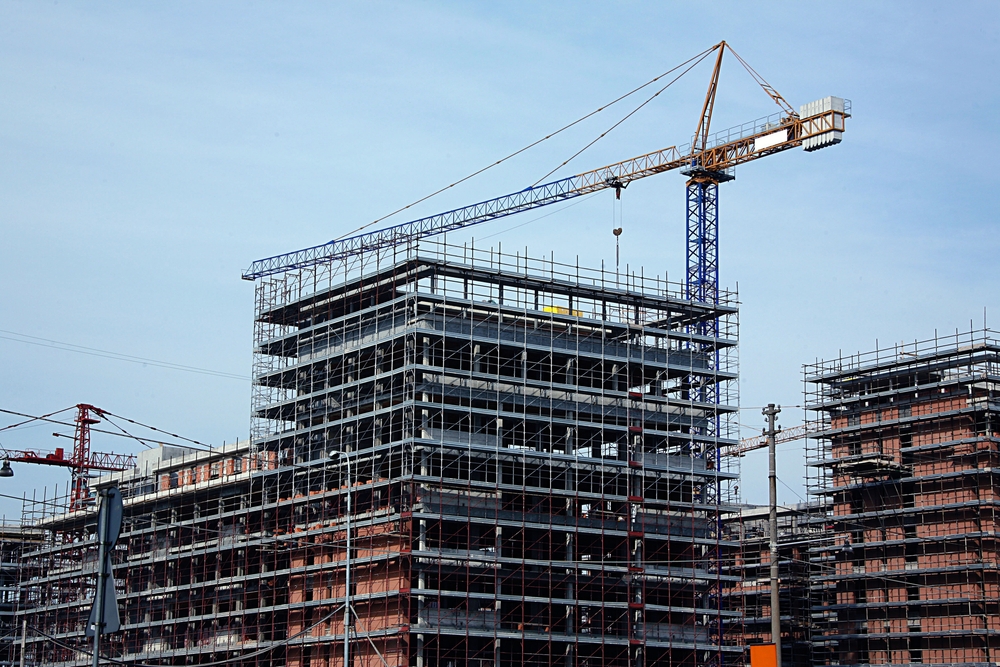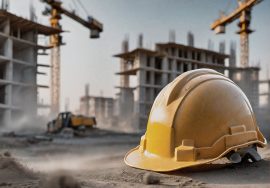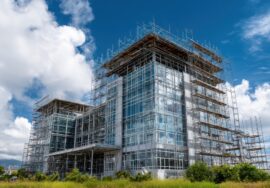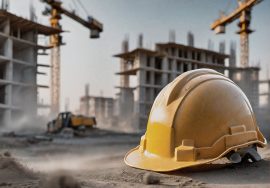Green Infrastructure: A Sustainable Solution for Future Cities
Green Infrastructure: A Sustainable Solution for Future Cities
In the face of climate change, urbanization, and rapid population growth, the concept of green infrastructure has gained prominence as a sustainable solution. Green infrastructure integrates natural systems into urban landscapes to provide environmental, economic, and social benefits. This approach focuses on managing stormwater, improving air quality, conserving biodiversity, and enhancing the quality of life for urban dwellers.
What is Green Infrastructure?
Green refers to a network of natural and semi-natural systems, such as parks, wetlands, forests, green roofs, and urban tree canopies, that help cities manage environmental challenges. It differs from traditional infrastructure by relying on ecological processes rather than engineered solutions to address issues like stormwater management, temperature regulation, and air quality improvement.
Key Features of Green Infrastructure
Green systems mimic natural processes to perform various ecosystem services. For example, urban green spaces absorb rainwater, reducing the risk of flooding. Trees and plants also help in carbon sequestration, reducing the urban heat island effect by providing shade and cooling.
Benefits of Green Infrastructure
Green provides a range of benefits that make it an essential component of sustainable urban planning. Some key advantages include:
1. Stormwater Management
One of the most important functions of green infrastructure is its ability to manage stormwater. By incorporating green roofs, permeable pavements, and rain gardens, cities can absorb rainwater more efficiently. This reduces the risk of floods, improves water quality, and replenishes groundwater reserves.
2. Reduction of Urban Heat Island Effect
Urban areas tend to be significantly warmer than surrounding rural areas due to the prevalence of concrete, asphalt, and other heat-absorbing materials. Green helps mitigate this effect by increasing vegetation cover, which cools the environment through evapotranspiration.
3. Improved Air Quality
Plants, trees, and green spaces filter pollutants from the air. They absorb carbon dioxide and release oxygen, helping to reduce air pollution in densely populated urban areas. Green infrastructure can play a significant role in improving public health by providing cleaner air for residents.
4. Enhancing Biodiversity
Green infrastructure promotes the growth of wildlife habitats within urban spaces. By creating green corridors and conserving natural ecosystems, cities can support biodiversity and provide a refuge for local flora and fauna.
5. Social and Aesthetic Benefits
Green spaces enhance the aesthetic value of cities and provide recreational areas for people. Parks, gardens, and green rooftops offer spaces for relaxation, physical activity, and social interaction, which improve the well-being of urban residents.
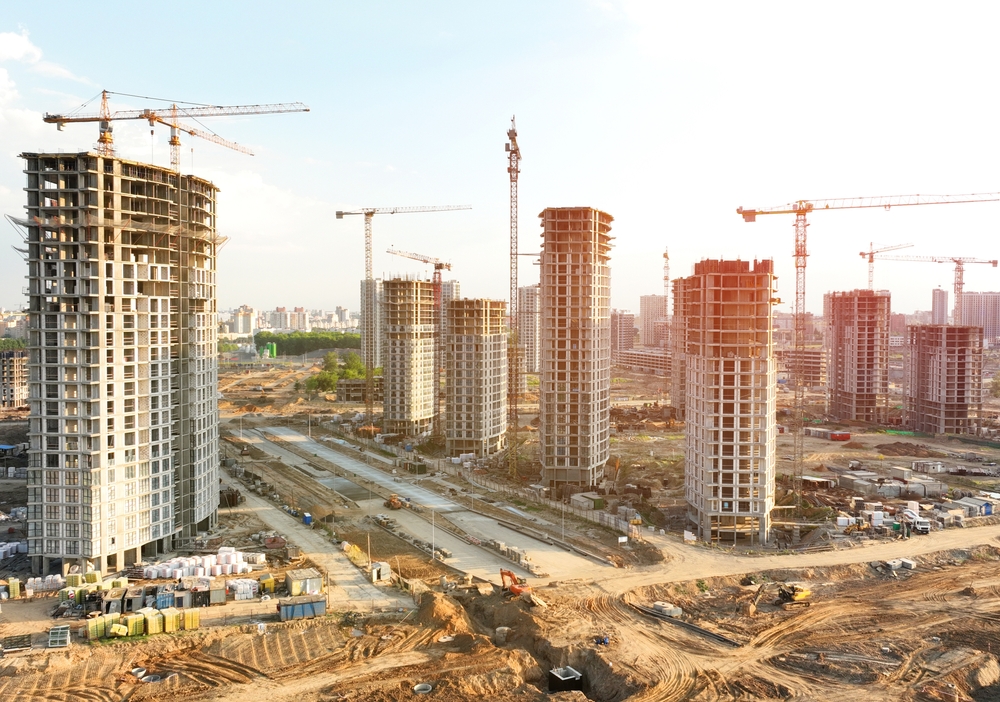
Types of Green Infrastructure
Green infrastructure encompasses a variety of elements that work together to create sustainable urban environments. Here are some of the key types:
1. Green Roofs
Green roofs are covered with vegetation that helps absorb rainwater, reduce building energy costs, and improve air quality. They are particularly effective in densely populated urban areas where space for traditional green spaces is limited.
2. Urban Forests and Tree Canopies
Planting and preserving trees in urban areas is a key component of green infrastructure. Urban forests and tree canopies not only provide shade and improve aesthetics but also enhance biodiversity and help regulate the local climate.
3. Rain Gardens and Bioswales
Rain gardens and bioswales are designed to capture and manage stormwater runoff. These shallow depressions are planted with native vegetation and are an effective way to filter pollutants while allowing rainwater to soak into the ground.
4. Permeable Pavements
Unlike traditional impermeable surfaces, permeable pavements allow water to pass through and be absorbed by the ground below. This reduces runoff, prevents flooding, and contributes to groundwater recharge.
5. Wetlands and Waterways
Natural wetlands and restored waterways can provide essential ecosystem services in urban areas. They filter water, reduce pollution, and offer habitats for wildlife.
Green Infrastructure in India
India, with its rapidly growing cities, is increasingly adopting green infrastructure practices to address urban challenges. Various initiatives have been launched to create sustainable urban environments through green infrastructure.
For example, the Smart Cities Mission promotes the development of green spaces, parks, and green roofs in urban areas to enhance livability. Additionally, several Indian cities like Bangalore and Chennai are integrating rainwater harvesting and permeable pavements into their infrastructure development plans.
You can explore more about India’s sustainable urban planning and green infrastructure through this article on India’s Smart Cities Mission or visit this guide on urban green spaces.
Conclusion
Green infrastructure is an innovative and cost-effective solution for creating sustainable cities. By harnessing the power of nature, green infrastructure helps urban areas manage environmental challenges such as stormwater, pollution, and climate change. As India continues to urbanize, adopting green infrastructure practices will be crucial for building resilient cities that thrive in harmony with the natural environment.
For more information or to discuss how green infrastructure can be incorporated into your projects, feel free to contact us.
Construction Industry in India
- One of India’s largest construction and engineering companies, Campus Construction Cost Optimization provides services including project management, cost control, and engineering consultancy. For detailed information on their offerings, visit. Construction Industry in India
Read more related articles to enhance your knowledge and make informed decisions
10 Essential Steps in the Building Construction Process
How to Choose the Right Materials for Your Construction Project

